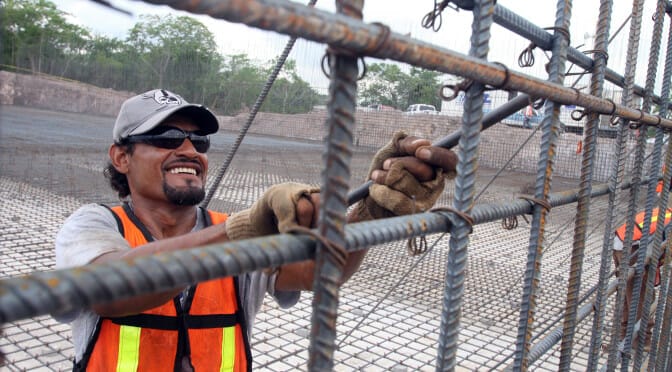The Washington State Department of Labor & Industries (L&I) has cited an Olympia roofing company for the seventh time in recent years for safety violations involving fall protection for roofers.
The Roof Doctor Inc., was cited for six willful violations and one serious violation, with total proposed penalties of $219,600. Each of the six willful violations carries a penalty of $36,000, and the serious violation has a penalty of $3,600.
A serious violation exists in a workplace if there is a substantial probability that worker death or serious physical harm could result from a hazardous condition. A willful violation can be issued when L&I has evidence of plain indifference, a substitution of judgment or an intentional disregard to a hazard or rule.
“Falls from elevation are the leading cause of Washington’s worker fatalities and immediate hospitalizations, and they are fully preventable,” said Anne Soiza, assistant director for L&I’s Division of Occupational Safety and Health. “The tragedy, pain and suffering from these incidents are completely unnecessary for the workers’ families and friends and our communities.”
The Roof Doctor inspection began on April 11 when an L&I safety compliance officer observed employees working on a rooftop at an Olympia-area residence without proper fall protection equipment. The investigation found that five workers were exposed to falls from as high as 17 feet while engaged in various roofing activities.
The employer has appealed the citation. The appeal will be heard by the Board of Industrial Insurance Appeals, an independent state agency separate from L&I.
Penalty money paid as a result of a citation is placed in the workers’ compensation supplemental pension fund, helping injured workers and families of those who have died on the job.
Photo credit: Jorbasa / Foter / CC BY-ND











